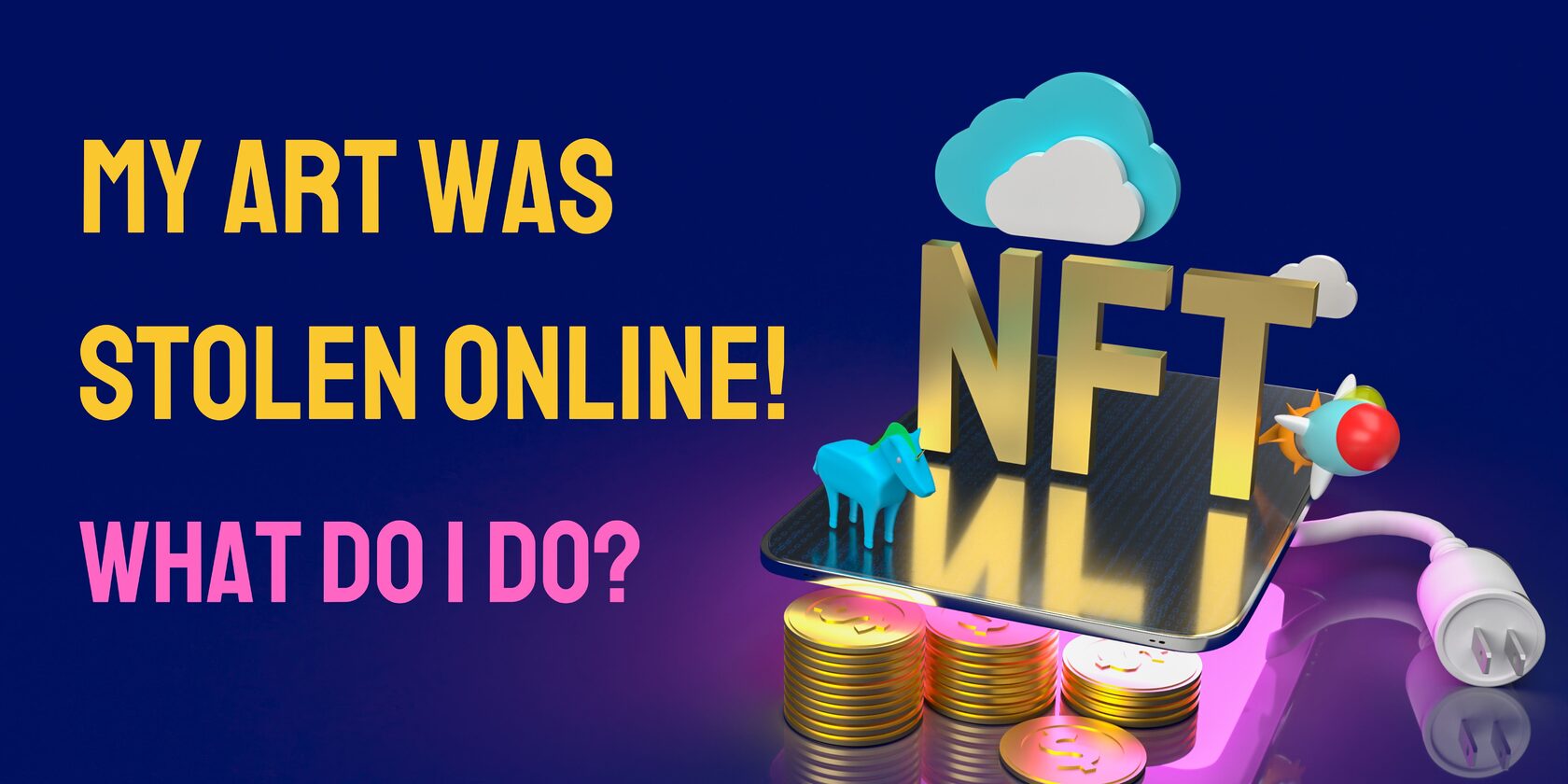It sounds like a good thing but the internet has also brought a new age of piracy, mostly centered around non-fungible tokens (NFTs), which is unsurprising.
We had emphathized before that most (up to 80%) of NFT art sold was stolen. This situation happens mainly because of a very popular misconception that NFT equals actual copyright. No, it is not.
Yet, NFT-trading platforms, even larger ones, like OpenSea, usually do not bother checking whether the person who minted (created) the NFT of an art piece is the same one, who made it.
NFTs cause a lot of trouble to artists but the regular plagiarism and stealing are still out there too.
So what should you do to preserve your rights?
- Report it! Despite being slow to react, art-selling platforms still have some kind of support service that may address your request and remove the stolen artwork if you manage to prove that you are the original author. Yet again, if it helped, then consider yourself lucky, because there are tens of thousands or even millions of requests like yours coming every day.
- Study the laws. Take steps to understand to what extent of the law your artwork is protected. Find out how your county’s judicial system defines a copied artwork and where exactly is the border between a different artwork, inspired by your piece and theft. For example, some states view it as an offense only if more than 20% of the art is copied, and if it is less than 20%, then it is ok. Remember, you automatically own all copyrights to your work from the moment of creation! But also note that copyright laws do not cover ideas, so if somebody copies your style but makes an absolutely different picture, then it’s legit.
- Use the power of the internet. First, try to contact the person who has stolen your art with a cease and desist order, proving that you are the artist. Sometimes this might help with the whole thing just being a (rather stupid) misunderstanding. But if the voice of reason can’t reach the thief, alert the online community about them. The more people who know about them and call the offending party out, the more likely you’ll see things changing.
- Prevention is the best treatment. The easiest way is to add a watermark to your work. This is not perfect, as it can be removed via Photoshop or just cropped. Another thing that helps is uploading only low-resolution images to your portfolio. Nobody would buy them and consequently, nobody would steal them. You may also attempt to add a right-click blocking HTML code on your page but there are millions of ways to copy even without it.
- The most secure way here is to register copyright in your country’s Copyright Office. It takes a while, will probably cost you some and it can be a draining experience with all the paperwork involved but it’ll be worth the effort. And remember that protecting copyright this way doesn’t “protect” your work any more than a watermark does but it can make a huge difference in getting attorneys’ fees and statutory damages covered by the offending party.
- Use BlendedBoris! Also give it a go to the CADChain solution, BlendedBoris. It registers copyright for Blender models with manual verification required when IP is transferred. So it protects the digital data itself, which is of great help when facing the NFT-theft.


